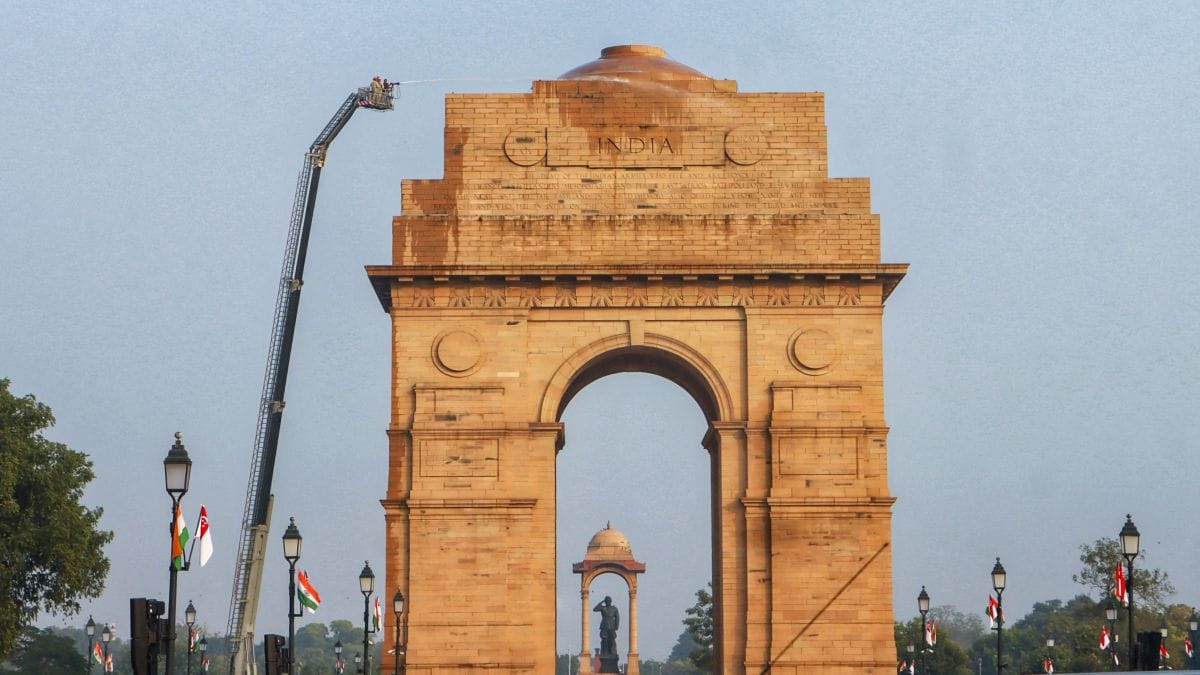

Delhi-NCR, a rapidly growing urban area, is identified as Seismic Zone IV, a region with a high risk of earthquakes. This means the region is prone to seismic activity with potential for earthquakes of magnitude 5-6, and occasionally even stronger quakes of magnitude 7-8. The area's vulnerability stems from its proximity to the Himalayas, where the Indian plate collides with the Eurasian plate, causing continuous tectonic activity. Additionally, several fault lines, such as the Delhi-Haridwar Ridge and the Delhi-Moradabad Fault, crisscross the region, further increasing its susceptibility to tremors.
Frequent tremors in Delhi-NCR have raised concerns about the structural integrity of buildings in the region. A recent earthquake of magnitude 4.4 on July 10, 2025, with its epicenter in Haryana's Jhajjar, served as a reminder of the constant seismic threat. While such moderate earthquakes may not cause widespread damage, experts warn that a major earthquake in the Himalayas could have devastating consequences for Delhi.
To mitigate the risks, developers in Delhi-NCR are increasingly adopting earthquake-resistant construction techniques. These include:
The materials used in construction also play a vital role in a building's ability to withstand earthquakes. Developers are prioritizing reinforced concrete, high-grade steel, composite materials, and fiber-reinforced polymers (FRPs) for their durability, strength, and energy absorption capabilities.
However, ensuring earthquake resilience in Delhi-NCR faces several challenges:
India lacks a precise legal definition of "earthquake-resistant" buildings. Buildings are classified into four categories (Type A, B, C, and D) based on seismic performance, but consistent enforcement of these classifications is lacking. Type A buildings are designed to remain operational after an earthquake, while Type B structures may sustain cosmetic damage but remain structurally sound. Type C buildings can endure damage but are repairable, whereas Type D buildings, the lowest category, may be beyond repair.
To ensure building safety, especially in high-rise structures, adherence to essential Indian Standards (IS) codes, such as IS 16700, 456, 1893, and 13920, is crucial. These codes govern the safety and construction of buildings, including those taller than 50 meters. Structural safety audits are recommended for buildings sanctioned before 2001, and are mandatory after 30 years for those sanctioned after.
In conclusion, while Delhi-NCR is prone to frequent earthquakes due to its geological location, the adoption of earthquake-resistant construction techniques, adherence to seismic codes, and regular structural audits can significantly improve the ability of buildings in the region to withstand regular tremors. Public awareness, strict enforcement of regulations, and continuous updates to building codes are essential for minimizing the potential loss of lives and properties in the event of a major earthquake.